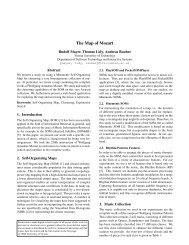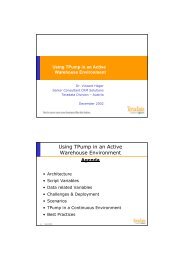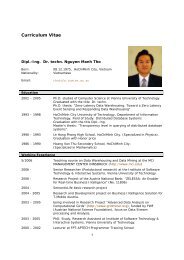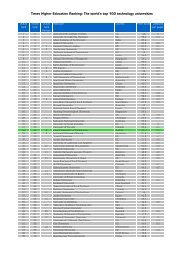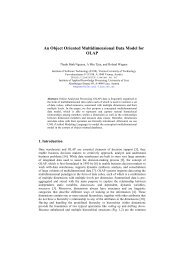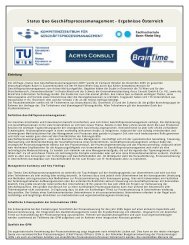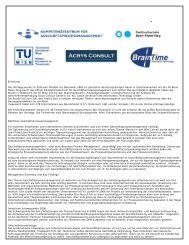Using Ontologies for Enterprise Architecture Model Alignment
Using Ontologies for Enterprise Architecture Model Alignment
Using Ontologies for Enterprise Architecture Model Alignment
You also want an ePaper? Increase the reach of your titles
YUMPU automatically turns print PDFs into web optimized ePapers that Google loves.
8 G. Antunes, A. Caetano et al.<br />
Fig. 5: Core structure of the sensor DSO<br />
values. Some sensors are geo-referenced and some capture data according to dynamic<br />
acquisition rates. As such, the particularities of this domain imply defining<br />
a DSO. The organization considered different sensor modelling languages, such<br />
as SensorML 2 and TransducerML 3 , but decided that their expressiveness was<br />
insufficient to address specific concerns. As such, we developed a DSO based on<br />
SensorML that addresses the concerns of this organization using the ontology<br />
engineering methodology described earlier. The core concepts of the sensor DSO<br />
are depicted in figure 5. The trans<strong>for</strong>mation map from the sensor DSO to the<br />
ArchiMate DIO contains the relations described on Table 1.<br />
Table 1: Mappings between the Sensor DSO and the ArchiMate DIO<br />
Sensor DSO<br />
Sensor<br />
GeoLocation<br />
StructuralLocation<br />
Algorithm<br />
Value<br />
AcquisitionRatePerYear<br />
ArchiMate DIO<br />
Node<br />
Location<br />
Location<br />
ApplicationComponent<br />
Data Object<br />
Data Object<br />
3.3 <strong>Model</strong> Analysis<br />
One of the stakeholder concerns relates to the technological infrastructure elements<br />
that support the acquisition process. This concern can be addressed<br />
2 http://www.ogcnetwork.net/SensorML<br />
3 http://www.ogcnetwork.net/infomodels/tml



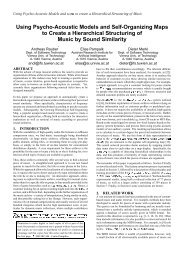


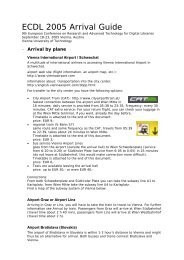
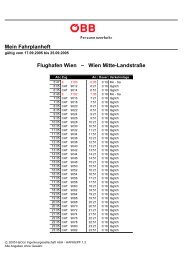
![Informationsvisualisierung [WS0708 | 01 ]](https://img.yumpu.com/22537403/1/190x143/informationsvisualisierung-ws0708-01-.jpg?quality=85)
